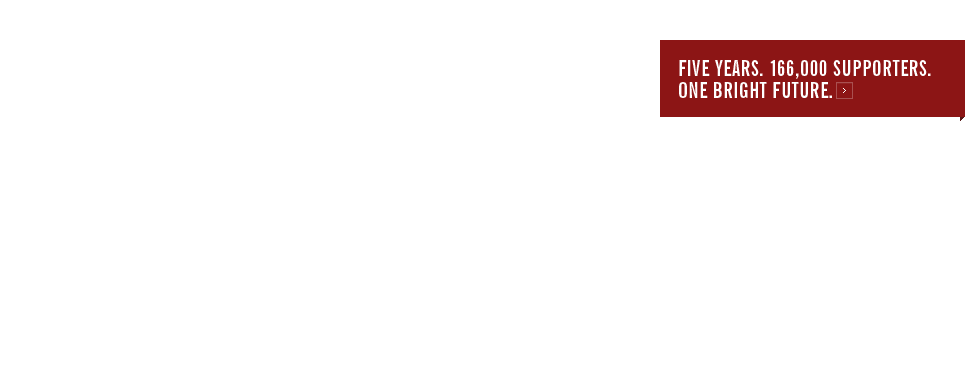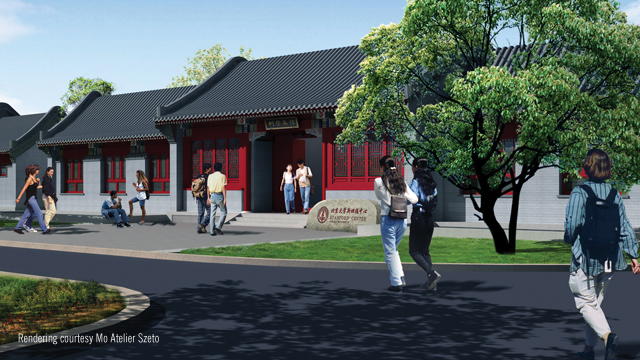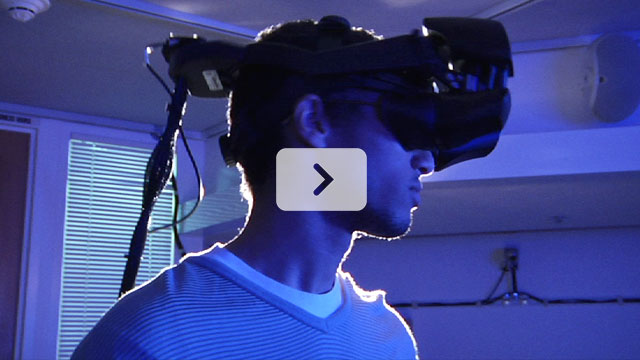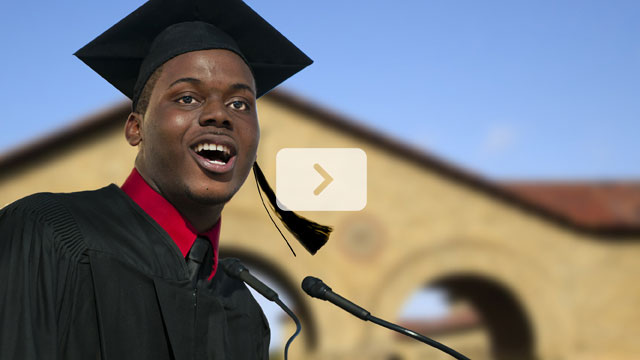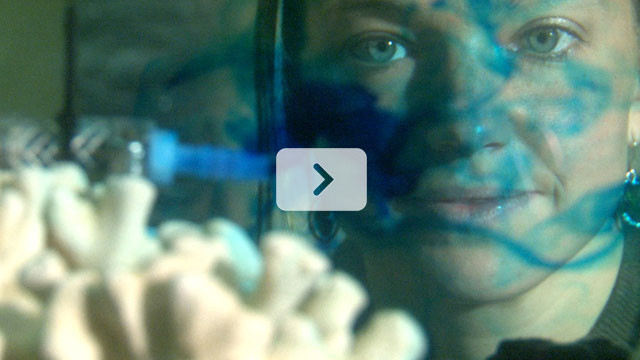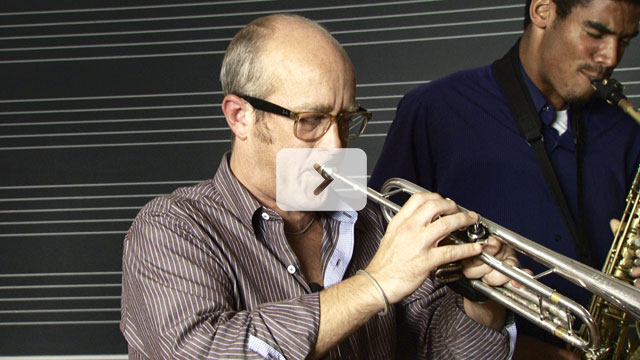 MESSAGE FROM THE PRESIDENTThanks to the support of 166,000 alumni and friends, we are changing the future.
MESSAGE FROM THE PRESIDENTThanks to the support of 166,000 alumni and friends, we are changing the future. Cracking the Neural CodeA pathbreaking new method advances the treatment of neurological and psychiatric disease.
Cracking the Neural CodeA pathbreaking new method advances the treatment of neurological and psychiatric disease. Preserving Natural CapitalNew software factors the value of natural systems into land-use decisions.
Preserving Natural CapitalNew software factors the value of natural systems into land-use decisions. Breaking New Ground in ChinaStanford is expanding its presence in one of the world’s fastest growing nations.
Breaking New Ground in ChinaStanford is expanding its presence in one of the world’s fastest growing nations. Living Longer, Living BetterResearchers work to ensure longevity will be an advance—and not a liability.
Living Longer, Living BetterResearchers work to ensure longevity will be an advance—and not a liability. Expanding OpportunitiesA first-generation college student reflects on opportunities found at Stanford.
Expanding OpportunitiesA first-generation college student reflects on opportunities found at Stanford. Empowering Students to Solve ProblemsNew fellowships empower students to pursue cutting-edge research.
Empowering Students to Solve ProblemsNew fellowships empower students to pursue cutting-edge research. Bringing Visiting Artists to CampusVisiting artists nourish the creative spirit of the university.
Bringing Visiting Artists to CampusVisiting artists nourish the creative spirit of the university. Excellence in TeachingA new center scales up quality teaching in K–12 education.
Excellence in TeachingA new center scales up quality teaching in K–12 education.
ABOUT THE STANFORD CHALLENGE The Stanford Challenge was a five-year campaign aimed at seeking solutions to complex global problems and educating the next generation of leaders. University-wide initiatives on the environment, human health, international affairs, K–12 education, the arts, and graduate and undergraduate education let Stanford supporters change the world and change students’ lives. The Stanford Challenge was led by Isaac Stein, MBA ’70, JD ’72; Steven A. Denning, MBA ’78; Christine U. Hazy, Parent ’04, ’07, ’11; and Linda R. Meier, ’61. The campaign concluded on December 31, 2011.


